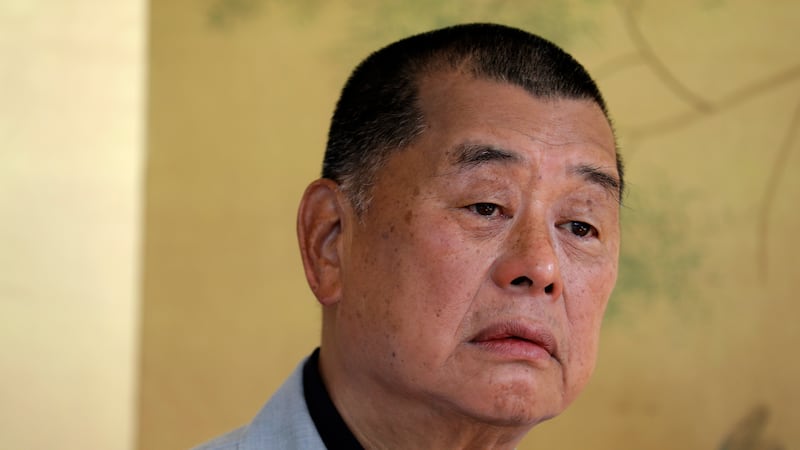Japanese voters have returned prime minister Shinzo Abe to power, setting him on course to become the nation’s longest-serving leader since the second World War.
State broadcaster NHK said that Mr Abe’s governing Liberal Democratic Party and its coalition partner, Komeito, had overcome challenges from upstart rivals to capture two-thirds (310) of the 465 seats in the lower house of parliament.
Final results will be delayed until later Monday because a typhoon that battered Japan on Sunday prevented votes from being counted in 12 precincts. But with the majority of votes counted, the Liberal Democratic Party (LDP) and their coalition partner have won enough seats to reach the two-thirds mark.
The government already effectively controls the upper house. The two-thirds majority will allow the LDP to push an amendment revising Japan’s pacifist constitution, which the prime minister has pledged to do by 2020.
Mr Abe called the snap poll a year early to deal with what he called a “national crisis” following a series of missile tests by neighbouring North Korea.
“This is an election to seek a mandate on how to protect Japan and how to carve out our children’s future,” he said at the start of the campaign.
Critics said he was trying to evade parliamentary questions on an influence-peddling scandal that sent his approval ratings plummeting over the summer.
Abe fatigue
Voters have shown signs of Abe fatigue after nearly five years in office, but the dishevelled opposition parties proved to be arguably his most potent political weapon.
The Democratic Party, which ran Japan from 2009 to 2012, collapsed just before the election, with its conservative wing joining the new Party of Hope, set up by Tokyo governor Yuriko Koike.
After a rocket-like start and suggestions that it could overtake the Democratic Party as Japan’s main opposition, hope has fizzled. Early results suggest it will take fewer than 50 seats.
The Constitutional Democratic Party, made up of left-leaning refugees from the Democratic Party, also struggled to organise in the 12-day campaign and is forecast to win 40-60 seats.
If confirmed, the result would mean the Liberal Democratic Party’s main opponents occupy the fewest seats in parliament since1955.
Although sweeping reforms promised by Mr Abe when he took power in late 2012 have largely failed to materialise, stock prices have risen, corporate profits are at record highs and the nation enjoys full employment.
Post-pacifism
Mr Abe wants to amend Japan’s pacifist constitution by spelling out the military role of the country’s Self-Defence Forces. The amendment needs two-thirds of both houses and a national referendum.
Conservatives say ending the ambiguous status of the Self-Defence Forces would deter North Korea, and China. Polls consistently show that most Japanese support the constitution’s pacifist clause and fear any change could embroil Japan in foreign wars.
An amendment would secure Mr Abe’s legacy among his those who view the constitution, written during the American-led occupation after the war, as a national humiliation, though it would also galvanise his opponents.
Koichi Nakano, a political scientist at Sophia University in Tokyo, said the prime minister would move quickly with the amendment, before a leadership contest in the Liberal Democratic Party next year.
“It will be shock and awe. He has to move fast. If he gets sidetracked he will start to lose support. People don’t trust or like him.”

















